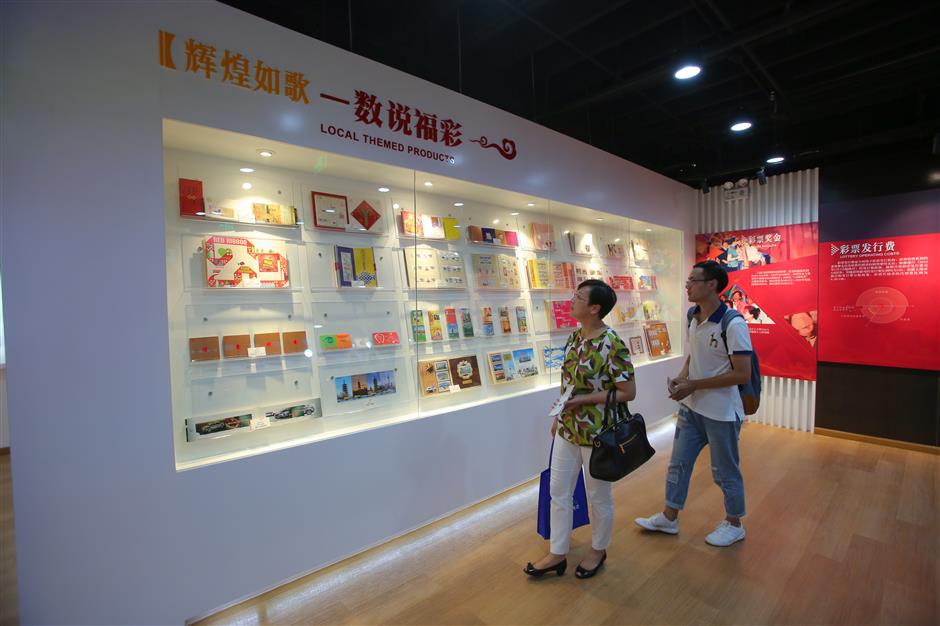Lottery museum to open in Shanghai

Shanghai Welfare Lottery Culture Museum opens free to the public on Tuesday.
Shanghai Welfare Lottery Culture Museum opens free to the public on Tuesday to mark the second China Charity Day.
The museum in Huangpu District is China's first municipal welfare lottery culture museum, showcasing the 30-year history and development of Shanghai’s welfare lottery and how the lottery funds are used in social construction and improving social welfare.
Shanghai's welfare lottery sales reached 47.1 billion yuan (US$7.22 billion) over the past 30 years.
The city’s 5 million yuan lottery jackpot has been won by 613 people in the past 20 years.
The welfare lottery funds “are mainly used to help and support the elderly, the disabled, orphans and needy people,” said Shanghai Welfare Lottery Issuing Center.
Located on 105 Puyu Road W. inside Shanghai Gongyi Xintiandi, a government-subsidized charity program park, the museum opens from 9am to 4:30pm from Tuesday to Sunday.
In nearly 20 years, 1,045 people had won 1 million yuan or more each from welfare lottery tickets.
Last year, Shanghai’s welfare lottery sales hit a record 4.5 billion yuan.
Between 2009 — when China’s lottery management regulations were implemented — and last year, it is estimated that 4.03 billion yuan had been used for various livelihood programs across the city.
These include increasing beds at senior care homes, constructing community service centers, providing meal services for seniors, supporting disabled children, finding foster families for orphans, building children welfare institutes, and helping the needy, according to officials.
More than 60 percent of welfare lottery funds in Shanghai should be used for supporting senior service, including subsidizing senior care beds, senior activity centers, day-care service centers, meal service centers, improving seniors' living conditions, building medical institutions and homes for the elderly, according to a notification issued by the Shanghai government in 2014.
In addition, the funds were also used in disaster relief such as the Wenchuan earthquake in 2008 and the SARS epidemic outbreak in 2003.















